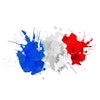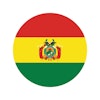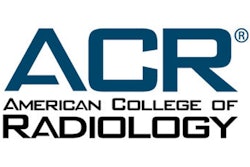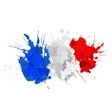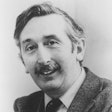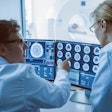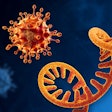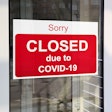
Radiologists are significantly underrepresented in social media, particularly Twitter, and they must be more proactive and use it more effectively to shape the future of imaging services, according to the authors of a U.K. study being presented at this week's American College of Radiology (ACR) annual congress.
While nonradiologists are tweeting effectively to engage with patients and the wider public, tweets from radiologists remain comparatively infrequent and their following is limited, explained Dr. Rashid Akhtar, a senior registrar specializing in interventional radiology at St. Barts and the Royal London Hospital as well as lead author of an ACR 2016 poster on the dangers and opportunities of social media in radiology.
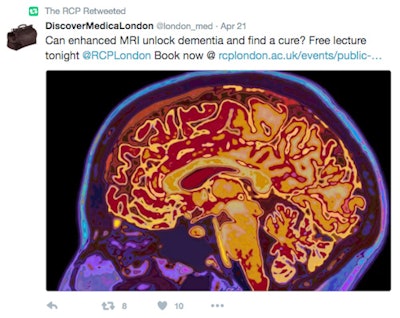 Tweeting quirky images and messages about hot topics can catch the public's imagination and boost follower numbers.
Tweeting quirky images and messages about hot topics can catch the public's imagination and boost follower numbers."Clinicians will often use radiological images to explain results to their patients, and given its pivotal role in patient care, radiology is wide enough to have mass appeal, but we are not really selling it the right way," he told AuntMinnieEurope.com. "Twitter accounts need to be repackaged to become more public friendly. After all, radiological tweets can be very effective. Attach a picture and a tweet of 140 characters 'is worth a thousand words!' "
Analyzing engagement
The London team compared Twitter accounts belonging to several radiology societies and organizations, other medical specialty groups, journals, and news organizations over a month. They analyzed accounts for engagement (represented by number of tweets per day), reach (by number of followers), and impact (by percentage of tweets retweeted).
Radiologists for the most part were shown to have fewer followers, fewer retweets, and fewer tweets per day. Furthermore, major National Health Service (NHS) hospital trusts were shown to have approximately 48 times fewer followers on Twitter than their U.S. counterparts. Scientific journals had far fewer followers and daily tweets than health-related news outlets, but the journals had a much higher percentage of their tweets being retweeted. Key findings are shown in the tables below.
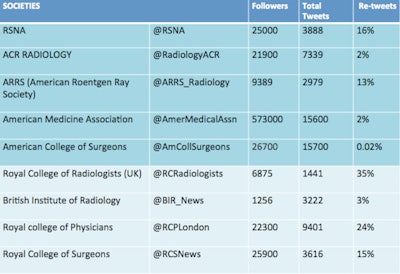 Table shows total tweets/retweets since accounts were created and total followers to date at time of study. All images courtesy of Dr. Rashid Akhtar.
Table shows total tweets/retweets since accounts were created and total followers to date at time of study. All images courtesy of Dr. Rashid Akhtar.In their study of Twitter accounts, Akhtar et al found in the U.K., the Royal College of Physicians (RCP) had 23,000 followers, the Royal College of Surgeons (RCS) 26,000, and the Royal College of Radiologists (RCR) 7,000 followers. They also discovered the accounts with more followers also had more tweeting activity, despite the fact that tweeting is not necessarily dependent on follower numbers.


Table shows total tweets/retweets since accounts were created and total followers to date at time of study.
Akhtar suggests because the RCP and RCS encompass a broad range of specialties, they attract a wide variety of medical followers. In addition, their tweets tend to be more general, and more obviously relevant to the public. Conversely, radiology-based tweets aren't as frequent or as widely followed, and one reason may be that radiologists tend to tweet information more relevant specifically to other radiologists. Compared with how other medical disciplines are engaging, radiology tweets could be more inspiring, he suggested.
Reach and impact
Radiologists should vary the style of their tweets to not only cover scientific subjects like the minutiae of imaging sequences, but make some tweets more relevant to patients and other clinicians, according to Akhtar. Topics such as the best imaging investigations to reach a particular diagnosis, reducing radiation exposure, and raising awareness of how radiologists are involved in patient care are among potential themes to cover.
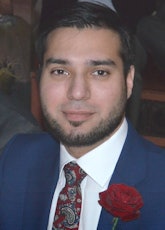 Get more proactive on Twitter, Dr. Rashid Akhtar urges.
Get more proactive on Twitter, Dr. Rashid Akhtar urges.If radiologists don't become more visible, the main risk is they will be kept out of the loop when it comes to decisions that affect their futures, he believes, citing the current shortage of radiologists in the U.K. and how social media may impact the crisis as different professional groups active on Twitter vie for position.
"Technicians are lobbying the government for training so that they will be able to report some CTs and x-rays. Meanwhile, cardiac and vascular surgeons are taking over a significant proportion of interventional imaging," Akhtar said. "If we don't get more Twitter-proactive, it is these groups who will frame the discussion around imaging while the radiologists are pushed out."
Although there is room for some specialization among technicians, the answer to the shortage of radiologists is for the government to increase radiology training posts and jobs, he continued. This may, in part, depend on raising the profile of radiologists among patients and the wider public, who often don't always realize how crucial radiologists are in a multidisciplinary team.
If radiology's role is better understood by the public who elect governments and influence their policies, then the discipline will be in a greater position to shape its own working terms, rather than having them dictated by others.
But for this to happen, radiologists need to engage in Twitter more, he noted.
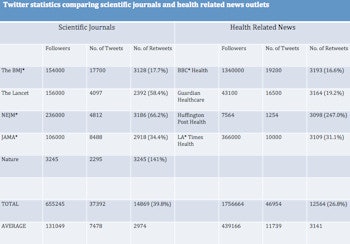
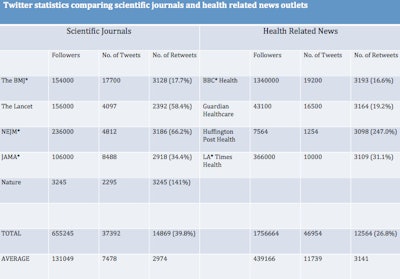
Journals reportedly enjoy a proportionally higher retweet rate as dedicated followers tend to share "authoritative" commentaries.
"The birth of Prince George was first announced through Twitter. We are also seeing increasing numbers of tweets by government officials and politicians. It made sense to me to connect with other radiologists this way," Akhtar said, who first joined Twitter two years ago for professional reasons. "Also, if I read a good paper in a journal then I always look at the same author's tweets. I don't know any other way in which it is so easy to instantly exchange with professors from prestigious international institutes."
